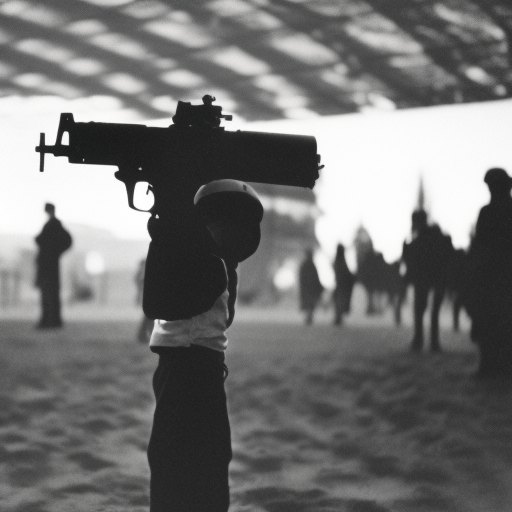Summary:
Armistice Day, also known as Remembrance Day or Veterans Day, is a commemorative holiday observed on November 11th each year. It marks the armistice signed between the Allies and Germany, ending World War I on November 11, 1918. Armistice Day serves as a tribute to the soldiers who fought and died in the war, as well as a reminder of the importance of peace.
The End of World War I:
World War I, also known as the Great War, was a global conflict that lasted from 1914 to 1918. It involved many nations and resulted in millions of casualties. As the war dragged on, both sides were exhausted and sought a way to end the bloodshed. Negotiations for an armistice began in October 1918, and on November 11th, an agreement was reached.
The Armistice Agreement:
The armistice agreement was signed in a railway carriage in the Forest of Compiègne, France, between the Allies (including France, the United Kingdom, and the United States) and Germany. The terms of the armistice included the cessation of hostilities, the withdrawal of German forces from occupied territories, and the surrender of significant military equipment. The agreement also called for the release of prisoners of war and the repatriation of civilians.
Armistice Day Celebrations:
Armistice Day was first celebrated in 1919, one year after the armistice was signed. It was initially intended as a day to honor the soldiers who fought and died in World War I. The day was marked by ceremonies, parades, and the laying of wreaths at war memorials. A two-minute silence was observed at 11 a.m., the time when the armistice took effect.
Evolution into Remembrance Day and Veterans Day:
In the years following World War II, Armistice Day evolved to include the remembrance of all those who lost their lives in war. In many countries, the name was changed to Remembrance Day to reflect this broader scope. The holiday continued to be observed on November 11th.
In the United States, Armistice Day was renamed Veterans Day in 1954 to honor all American veterans, not just those from World War I. The date remained the same, and the holiday became a day to recognize and thank veterans for their service. Veterans Day is now observed in the United States, while Remembrance Day is observed in many other countries.
Continued Significance:
Armistice Day, Remembrance Day, and Veterans Day continue to hold great significance in honoring the sacrifices made by soldiers in times of war. These holidays serve as a reminder of the human cost of conflict and the importance of working towards peace. Ceremonies and events are held worldwide to pay tribute to the fallen and to express gratitude to those who have served in the military.
Conclusion:
Armistice Day, now known as Remembrance Day or Veterans Day, commemorates the armistice signed between the Allies and Germany, ending World War I. It has evolved to honor all those who have served in the military and to remind us of the importance of peace. Ceremonies and observances on November 11th serve as a tribute to the sacrifices made by soldiers and a call for a world free from the horrors of war.












